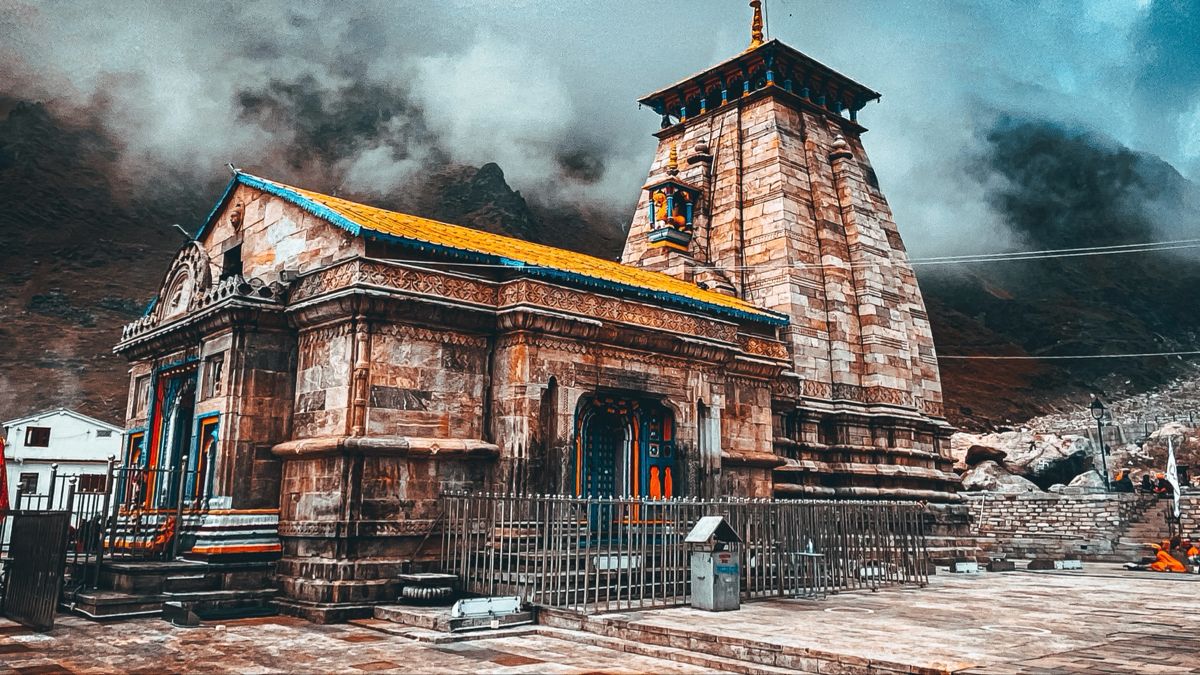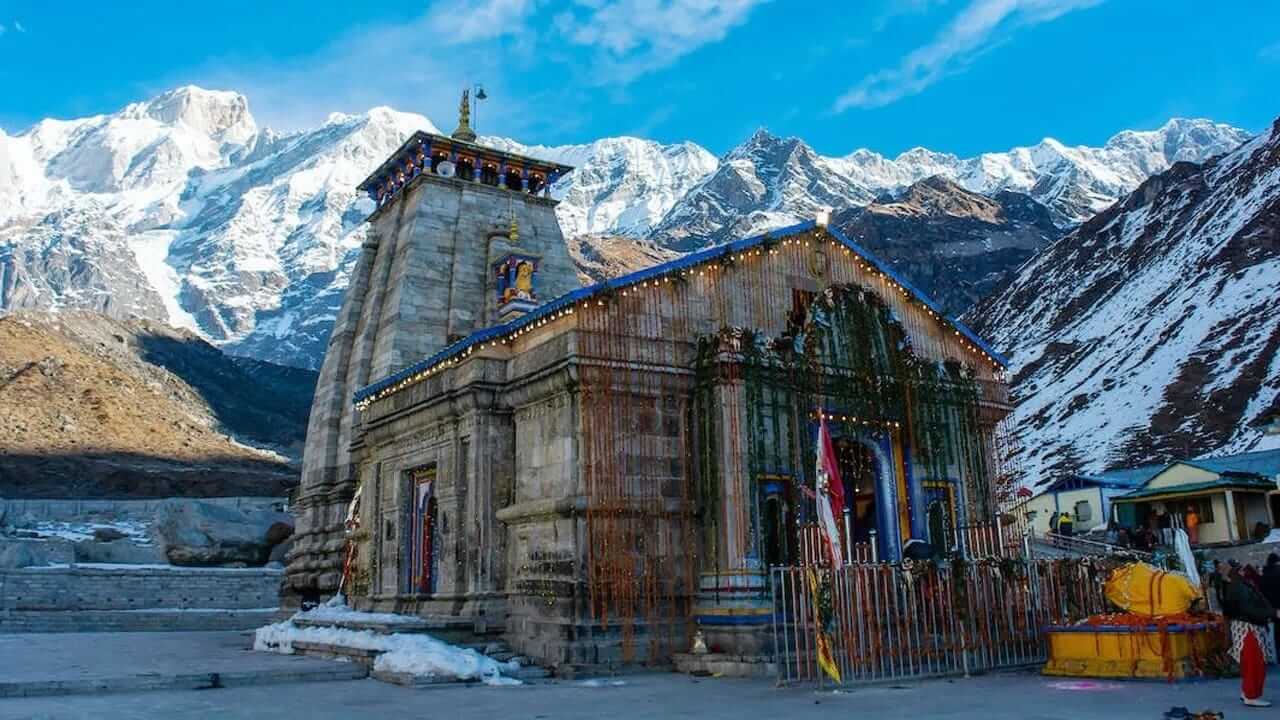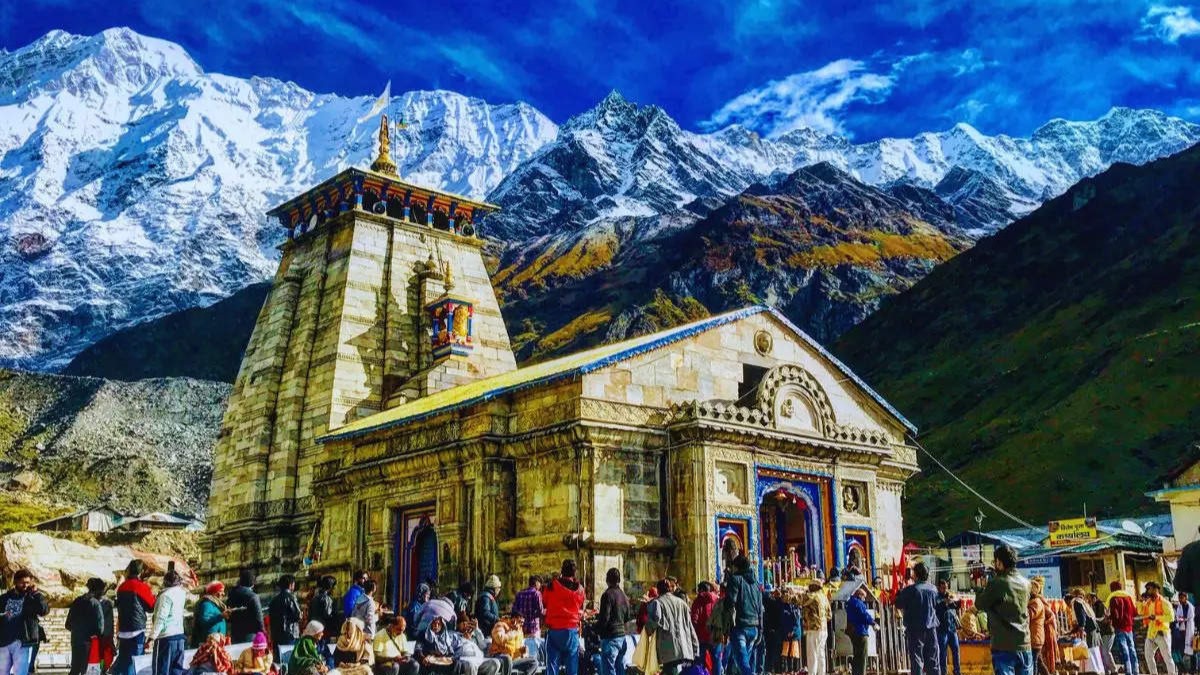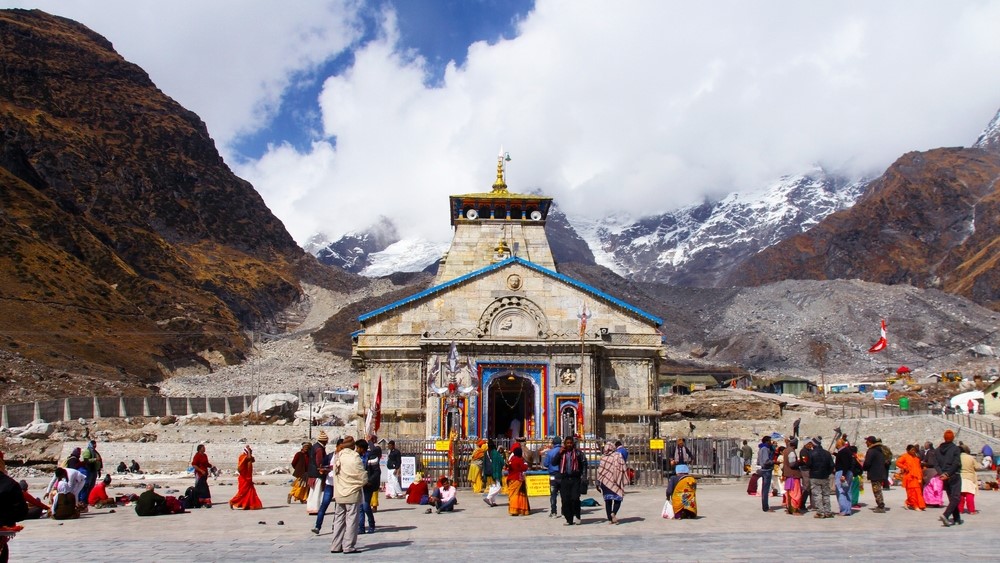Hawa Mahal: The Iconic Palace of Winds

Jaipur's Wind Palace
Situated in Jaipur, Rajasthan, Hawa Mahal—or the "Palace of Winds"—is a five-story palace celebrated
for its distinct façade and cultural significance. Constructed in 1799 by Maharaja Sawai Pratap
Singh and designed by architect Lal Chand Ustad, Hawa Mahal is a unique blend of Rajput and Mughal
architecture. Its name derives from the palace's 953 small windows or "jharokhas," designed to allow
a breeze to flow through, keeping the palace cool and allowing royal women to observe the city’s
bustling street life while maintaining their privacy.
Built from red and pink sandstone, Hawa Mahal's exterior resembles a honeycomb, reflecting both
Hindu and Islamic architectural elements. Its intricate latticework and delicate carvings
demonstrate the craftsmanship of the period. The pyramid-like structure not only enhances its
aesthetic appeal but also serves a functional purpose, creating a natural ventilation system
throughout the palace. The palace's beauty shines particularly in the early morning light, as the
sun highlights its pink tones, making it an iconic sight for visitors and photographers.
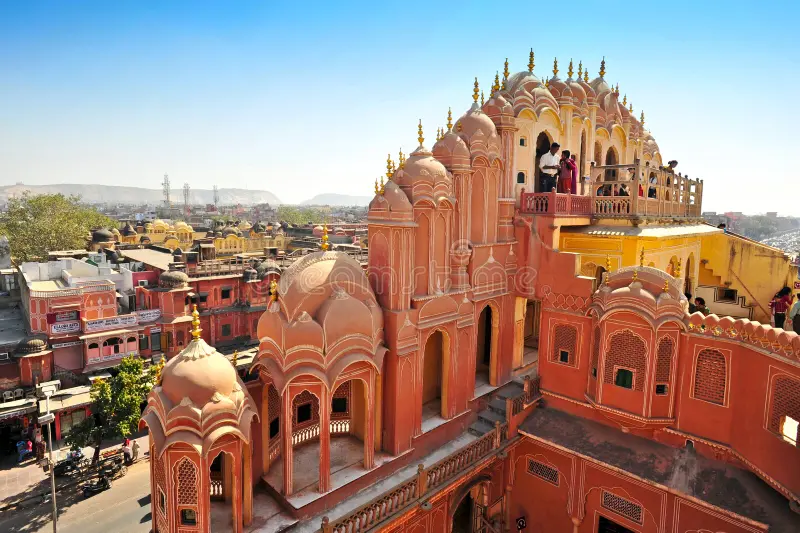


Best Time to Visit
The best time to explore Hawa Mahal is during the winter months, from October to March, when Jaipur experiences cooler and more pleasant weather. These months offer an ideal climate for outdoor sightseeing, allowing travelers to enjoy the historical wonders of Jaipur without the harsh summer heat, which can reach temperatures exceeding 40°C.
Early mornings are especially magical for visiting Hawa Mahal, as the sunlight hits its red and pink sandstone facade, casting a beautiful glow that enhances the intricate lattice work of the "jharokhas" (small windows). This time of day is perfect for photography enthusiasts looking to capture the palace’s unique beauty.
